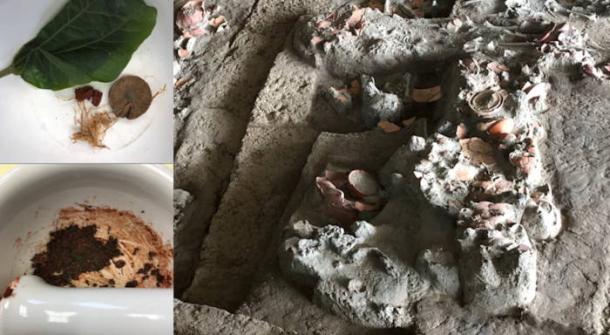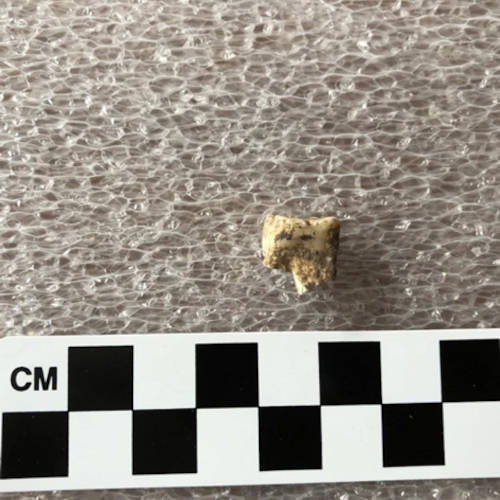🔴 Website 👉 https://u-s-news.com/
Telegram 👉 https://t.me/usnewscom_channel
In south-east Asia, betel nut chewing has been practiced since antiquity. The plants contain compounds that enhance the consumer’s alertness, energy, euphoria, and relaxation. Although the practice is becoming less common in modern times, it has been deeply embedded in social and cultural traditions for thousands of years. Chewing betel nuts typically results in dark, reddish-brown to black stained teeth.
Yet, teeth without staining may not mean that people didn’t chew betel nuts. Now, using a new method, an international team of researchers examined ancient dental plaque from Bronze Age Thailand and found evidence of betel nut chewing.
“We identified plant derivatives in dental calculus from a 4,000-year-old burial at Nong Ratchawat, Thailand,” said first author of the Frontiers in Environmental Archaeology study Dr Piyawit Moonkham, an anthropological archaeologist at Chiang Mai University in Thailand.
“This is the earliest direct biomolecular evidence of betel nut use in south-east Asia.”
- Archaeological study explores drug-taking and altered states in prehistory
- From Block to Beauty: The Intricate Art of Vietnamese Dong Ho Painting


